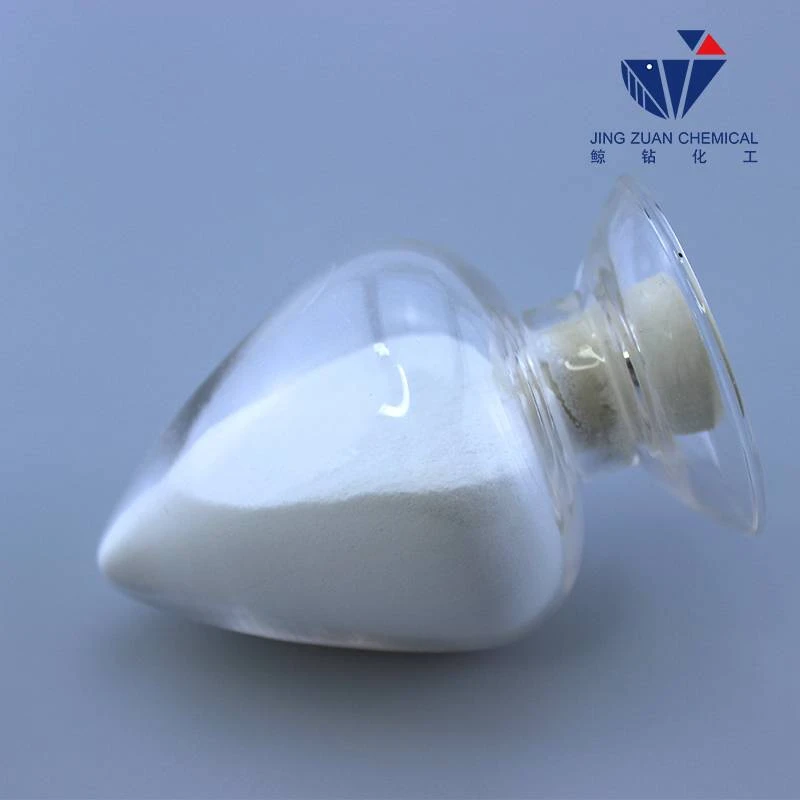
Dec . 19, 2024 06:52 Back to list
hec vs hpmc
Comparing HEC and HPMC Two Versatile Excipients in Pharmaceutical Formulations
In the realm of pharmaceutical formulations, the choice of excipients is crucial for the successful development of drug delivery systems. Among the many substances used, Hydroxyethyl Cellulose (HEC) and Hydroxypropyl Methylcellulose (HPMC) stand out as two versatile and widely adopted polymeric excipients. Both HEC and HPMC belong to the cellulose ether family, characterized by their ability to modify the behavior of formulations through their thickening, stabilizing, and film-forming properties. This article aims to compare HEC and HPMC in terms of their chemical structure, properties, applications, and advantages in pharmaceutical formulations.
Chemical Structure and Properties
HEC is derived from cellulose, where ethylene oxide is introduced into the cellulose backbone, resulting in a polymer that is soluble in both cold and hot water. Its etherification process allows HEC to retain the natural properties of cellulose while enhancing its solubility and utility in diverse applications.
On the other hand, HPMC is synthesized by the modification of cellulose with both hydroxypropyl and methyl groups. This combination allows HPMC to exhibit unique characteristics, including controlled hydration and swelling, which can be tailored for specific applications. HPMC is known for its higher viscosity compared to HEC at similar polymer concentrations, making it a preferred choice in formulations requiring significant thickening.
Applications in Pharmaceuticals
Both HEC and HPMC play vital roles in various pharmaceutical formulations, including oral, topical, and parenteral drugs. They are commonly used as thickening agents in suspensions, lotions, gels, and creams. HEC is often found in formulations aimed at enhancing the stability of ingredients, improving texture, and increasing product viscosity.
hec vs hpmc

HPMC, due to its responsible hydrophilic nature and controlled release properties, is widely employed in extended-release formulations. Its ability to modulate drug release rates makes it popular in the design of matrix tablets, where the polymer controls the diffusion of the active ingredient over time, thereby improving bioavailability.
Advantages of HEC and HPMC
Both excipients offer distinct advantages that make them attractive for formulation scientists. HEC is favored for its clear solution formation, stability in a wide pH range, and compatibility with various ingredients. It is particularly useful in applications where transparency is essential, such as in therapeutic gels or clear topical formulations.
HPMC, with its superior viscosity and gel-forming ability, provides excellent mechanical strength and stabilizing properties to formulations. Its solubility in both hot and cold water also allows for flexibility in manufacturing processes. Moreover, HPMC is often regarded as a safer option for sensitive formulations, as it demonstrates low toxicity and is less likely to cause irritation.
Conclusion
In conclusion, both Hydroxyethyl Cellulose (HEC) and Hydroxypropyl Methylcellulose (HPMC) are indispensable excipients in the pharmaceutical industry. Their unique chemical structures lend them a variety of functional properties, making them suitable for a range of applications. While HEC excels in formulations where clarity and stability are paramount, HPMC stands out in applications requiring controlled release and viscosity. The choice between HEC and HPMC ultimately depends on the specific needs of the formulation, the desired release profile, and the intended therapeutic outcome. As the pharmaceutical landscape evolves, the versatility and reliability of HEC and HPMC will continue to support the development of innovative drug delivery systems.
-
Versatile Hpmc Uses in Different Industries
NewsJun.19,2025
-
Redispersible Powder's Role in Enhancing Durability of Construction Products
NewsJun.19,2025
-
Hydroxyethyl Cellulose Applications Driving Green Industrial Processes
NewsJun.19,2025
-
Exploring Different Redispersible Polymer Powder
NewsJun.19,2025
-
Choosing the Right Mortar Bonding Agent
NewsJun.19,2025
-
Applications and Significance of China Hpmc in Modern Industries
NewsJun.19,2025







